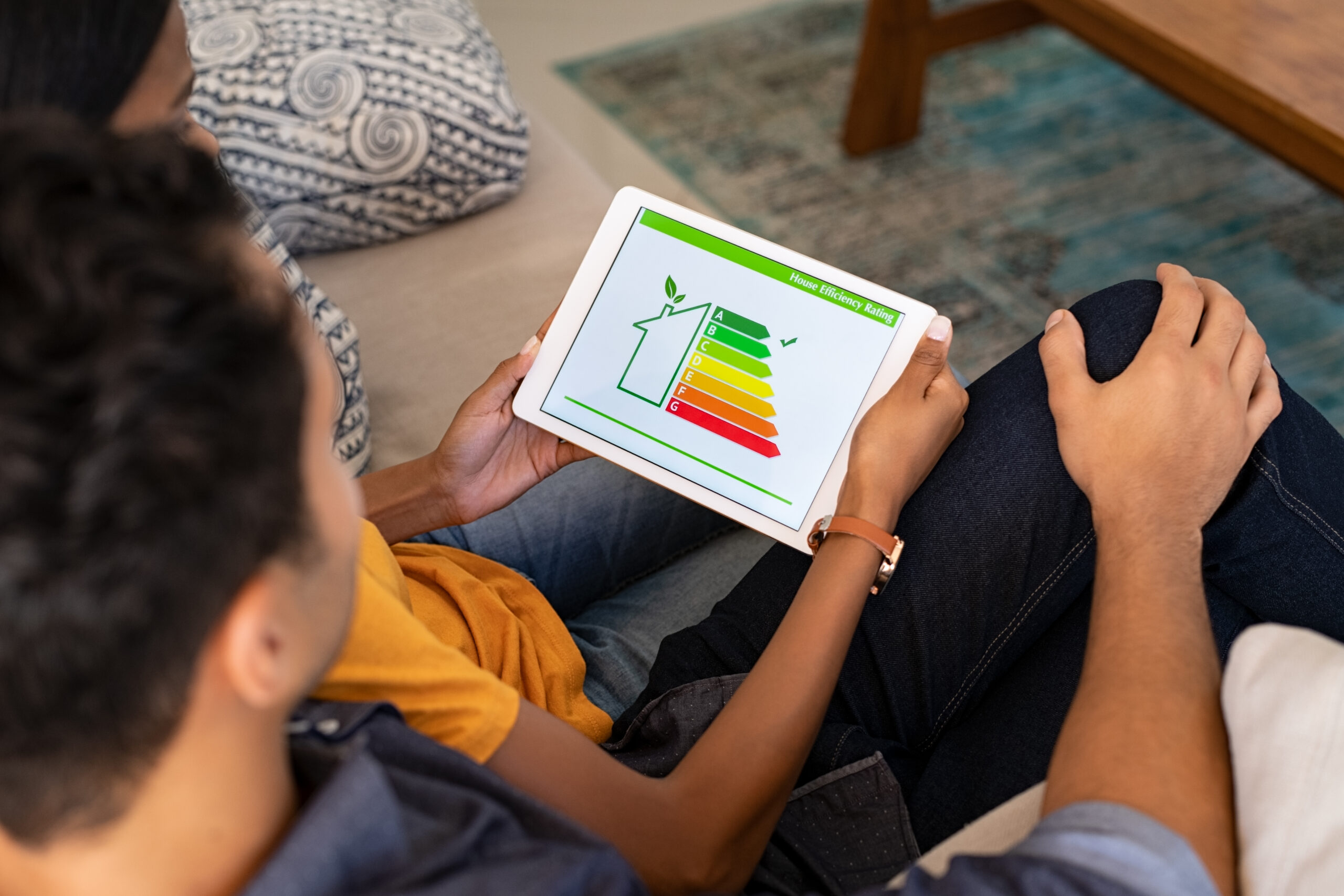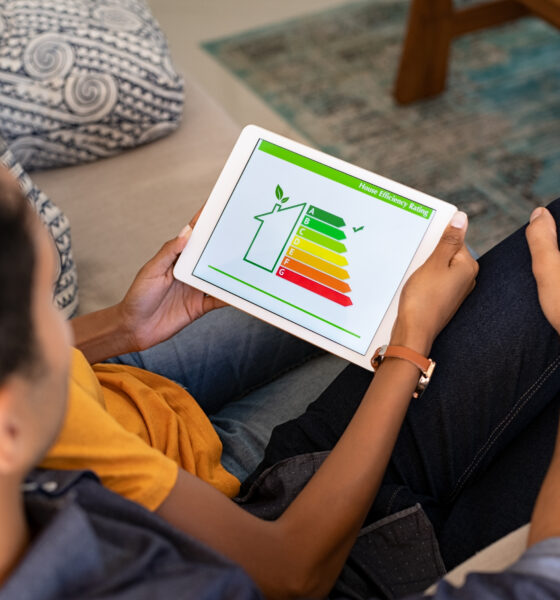

Energy
How to Manage Home Heating for a Greener Home
Many of us are looking for ways to cut our energy bills now, with the price of energy rising globally and in a bid to cut our carbon emissions in light of the climate crisis. But how can you heat your home sufficiently while still seeing a reduction in energy bills?
Eco solutions are the way forward, and with research suggesting that the average U.S. home could cut their heating-related climate pollution by 38% to 53% by swapping out a gas-fired furnace for an electric heat pump, it seems that renewable energy could be the answer to cheaper bills and a greener home. Here, we’ll explore the different ways you can manage your home heating with sustainable energy solutions.
Explore Low-Carbon Heating Systems
Renewable energy systems have come a long way and they’re now more accessible and more affordable than ever before. Solar heating is one of the most energy efficient heating solutions you can buy for your home, and while they do come with an upfront cost, the long-term savings will ensure it’s a worthwhile investment for your property, with no additional costs once it’s installed.
The financial benefits of renewable energy are one of the primary advantages of investing in renewable energy, because you’re not subject to market fluctuations for fossil fuels but the carbon emissions of your home will also be far lower. However, if solar power isn’t an option for your property, there are other solutions. Biomass heaters, for example, use wood pellets or logs to provide warmth to your home, or if you have the space outdoors, you could install a ground source heat pump to power radiators, underfloor heating and water. Consider the size of your property, your budget and your lifestyle when it comes to choosing renewable heating systems to find the best fit for your home.
Insulate Your Home
Keeping your home insulated is one of the most effective ways to reduce heating costs and energy usage, and there are several ways to go about it. Keep those cool breezes to a minimum in your home by using foam strips around doors and window frames, which can help cold air from leaking, and rugs over bare floorboards can also prevent heat from escaping.
Wall insulation is an investment, but one that could save you money in the long term while also cutting back on your energy usage. Older homes, in particular, can benefit from insulation as they rarely have any built into the structure of the building. Have an attic space? Insulating this area well can prevent heat from being lost through the roof too.
Upgrade Your Windows
If you have single-glazed windows, upgrading them with high-performance double or even triple glazing will make a huge difference to the temperature in your home and add extra insulation. Modern double and triple glazing has argon gas trapped between the panes to block the transference of heat or cold through the glass. Meanwhile, triple glazing has generally been recognized as extra effective for taking the chill off north and east-facing rooms in the winter, but it can also keep south and west-facing rooms cooler in the summer.
Replacing your windows doesn’t just make your home more energy efficient, it also helps block out outside noise too. Using curtains and blinds will also help to trap warm air in your home, particularly if you use lined curtains which will keep your home cozy without you needing to run the heating all the time.
Add a Smart Meter to Your Property
Smart meters are a great way of controlling the temperature of your home more efficiently while also keeping a close eye on energy usage. Smart thermostats enable you to change the temperature from your smartphone or tablet. This means you can program the heating to come on and turn off at certain times, and some even work out how long it takes to heat your home while taking into account the outside temperature, so you only use the energy required. Smart meters are more convenient but they also save you money and keep your energy use to a minimum, because you’ll only be using the heating when you really need it.
Install Radiator Panels
Reflective radiator panels are relatively inexpensive and easy to install, and they work by reflecting heat from your radiators back into the room so it warms the entire room rather than just the wall behind the radiator. It’s also important to bleed the radiators a few times a year to ensure there’s no trapped air in the system, which will keep them running efficiently.
When winter approaches, we all want to ensure that our homes are warm, dry and cozy, but we don’t want to spend a fortune and contribute to pollution in the process. It really doesn’t require big changes for you to see a difference.
For example, moving furniture around in your home to ensure that there’s plenty of air flow around heaters can help to heat the room more efficiently and prevents you from wasting money on energy unnecessarily. Similarly, buying an infrared heater that can be plugged into a regular plug socket will heat the area around you quickly, rather than the whole room — perfect for when you’re working.
Thinking sustainably when it comes to making changes to the home will make all the difference to the carbon emissions your property produces, as well as bring your utility costs down and ensure that your home is comfortable throughout the colder seasons.




















